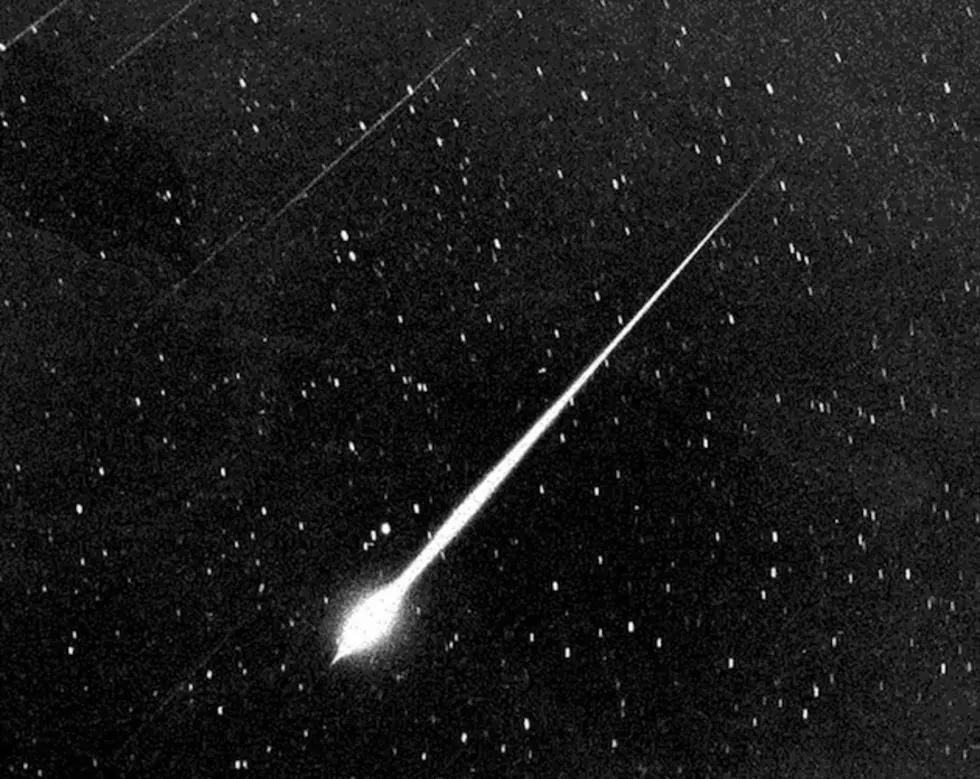
Taurid Meteor Shower Peaks Tonight!
Just a reminder if you are a skywatcher, the Taurid meteor shower peaks TONIGHT!
Meteors, popularly called 'shooting stars,' are much more common than most people think. In fact, there's a display going on now - courtesy of two Taurid meteor showers - Here's how to know when and where to look.
Meteor showers are made up of brief-lived streaks of light caused by small particles traveling through the Earth's atmosphere and heating it to incandescence. In space these particles are called 'meteoroids.' If they survive their trip through the atmosphere to reach the surface of the Earth, they are called 'meteorites.' It is only while they are in transit through the air that they are called 'meteors.'
Most meteoroids are quite small, from the size of a pebble down to the size of a grain of sand. They are found throughout the solar system, so the Earth encounters many of them every day. It is estimated that the Earth sweeps up 15,000 tons of meteoroids each year, or 40 tons each day.
The Taurid shower generally shoots about two to 10 meteors across the sky per hour, the society said. Though the meteors can be seen anytime in late October through November, this year's peak will be Nov. 5-12. They will be visible in North America.
There are actually two branches of this shower: the South Taurids and North Taurids. Both showers will appear to come from near the Taurus the Bull constellation.
The North Taurids can be seen north of the constellation, with the opposite being true for the South Taurids, the Science Alert website said.
The best time to look for Taurids is after midnight, when Taurus is high in the sky, and when the sky is dark and clear, with no moonlight to mask the fainter meteors.
Happy skywatching!
More From Mix 97.9 FM

![Three Years Ago A Meteorite Explodes Over Siberia Leaving Hundreds Injured From The Blast – [VIDEO]](http://townsquare.media/site/521/files/2013/02/Russian-Metor.png?w=980&q=75)


![Brad Paisley and Carrie Underwood’s ‘Star Wars’ Themed CMA Intro Was Fantastic! – [VIDEO]](http://townsquare.media/site/521/files/2015/11/hqdefault1.jpg?w=980&q=75)
![Heidi Klum Wins Halloween As Jessica Rabbit! – [Mildly NSFW Photos]](http://townsquare.media/site/521/files/2015/11/Screen-Shot-2015-11-02-at-9.08.11-AM.png?w=980&q=75)
![Spencer Goes ‘Over The Edge’ for the Boy Scouts! – [VIDEO]](http://townsquare.media/site/521/files/2015/10/hqdefault4.jpg?w=980&q=75)


